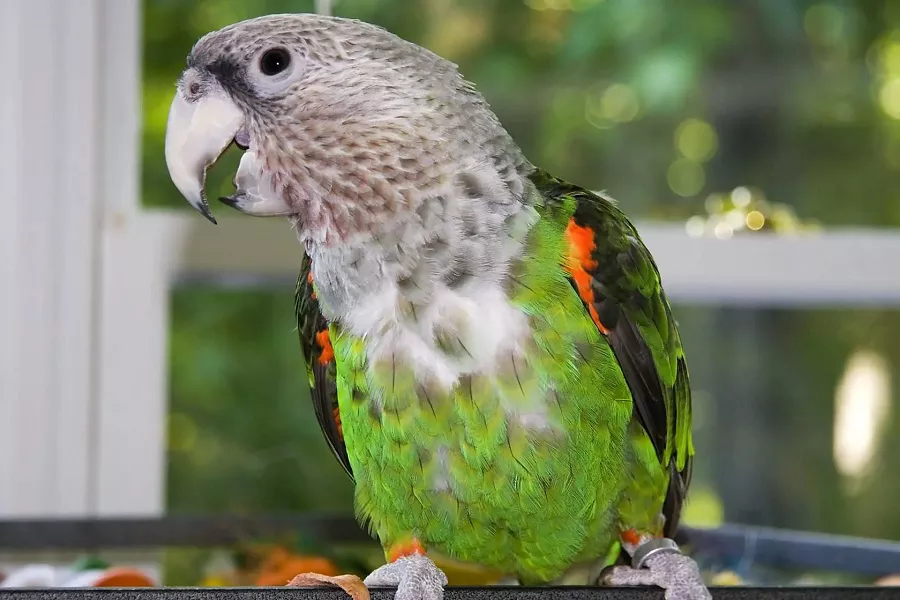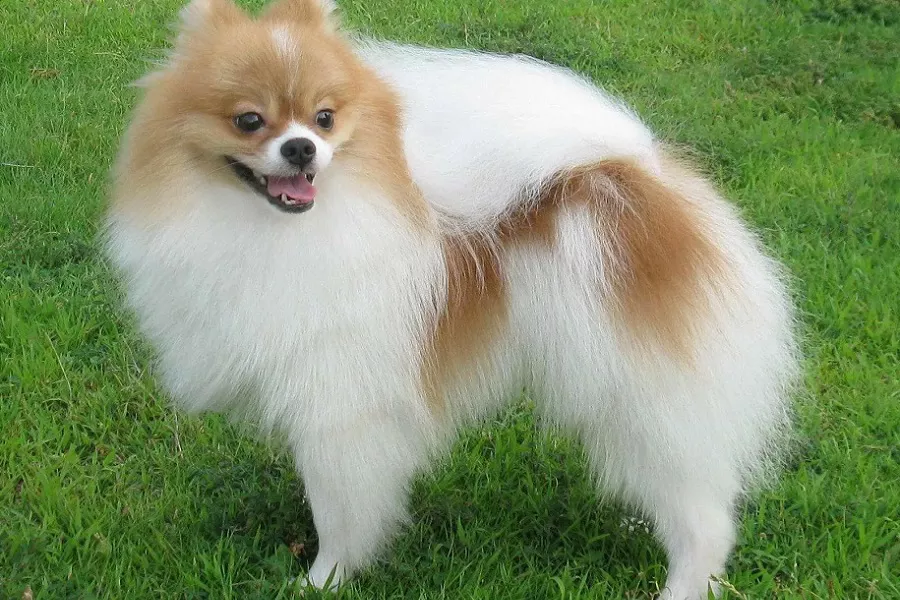What is a cape parrot?
The cape parrot is a typical climbing bird with a strong and powerful bill, hooked and curved, a movable joint in the upper jaw, and a wax membrane at the base of the bill. Muscular tongue thick. The feet are short, strong, and flat-toed, with two toes forward and two backwards, suitable for grasping and climbing life.
What does a cape parrot look like?
The cape parrot is mostly green, with a brown-green and yellow-brown head, with dark brown spots and dark green; some birds have dark pink cheeks and occasionally red feathers on top of their heads; thorax, abdomen and tail bluish; back and wing coverts black with broad green piping, wing margins and thighs orange-red; tail feathers brown-black, bill grey-white, iris dark brown. The female has an orange feather on her forehead. Juveniles have no orange-red on the thighs and wing edges, usually with sporadic red feathers on the top of the head, olive brown on the head and neck, and may appear silver-grey on the head after 9-12 months.
Cape parrot male and female: Judging from the appearance of males and females, the females have orange-red crown feathers on the top of their heads, while the males do not.
Cape parrot size
Cape parrot is 34 cm long and weighs 260-330 grams
Cape parrot habitat
Cape parrot mainly inhabits open forests, savannahs, grasslands, mangroves and orchards up to 3850 meters.
Living habits of Cape parrot
Cape parrot usually live in pairs or in groups of around 3 to 20, sometimes in groups of more than 50. Seasonal migration for food. It is quite noticeable when flying with a loud chirping, but when they are foraging they are very quiet; at night they mostly spend the night in trees in forested areas and during the day they go to open country areas; sometimes In order to forage, it will fly 30 to 80 kilometers, and there have been records of up to 130 kilometers. Usually, it will start foraging as soon as dawn breaks, and every time it returns to the tree where it is perched, there are about 60 small groups. The flight is fairly fast, making a series of whistling-like sounds and hoarse cries.
Cape parrot feeds mainly on seeds, nuts (lovers of pecans and walnuts), berries, fruit, nectar, etc.; it sometimes travels to farming areas to forage crops such as corn and apples, as well as dried peanuts.
Cape parrot lifespan
The Cape parrot is considered a long-lived species and can live up to 30 years in captivity. They are considered solitary, non-territorial nesters and start breeding at 4–5 years of age, only breeding in alternate years.
Cape parrot distribution
Cape parrot in Angola, Botswana, Burundi, Cameroon, Democratic Republic of Congo, Côte d’Ivoire, Gambia, Ghana, Guinea, Guinea-Bissau, Liberia, Malawi, Mozambique, Namibia, Nigeria, Rwanda, South Africa, Swaziland, Tanzania United Republic of, Togo, Uganda, Zambia, Zimbabwe.


























